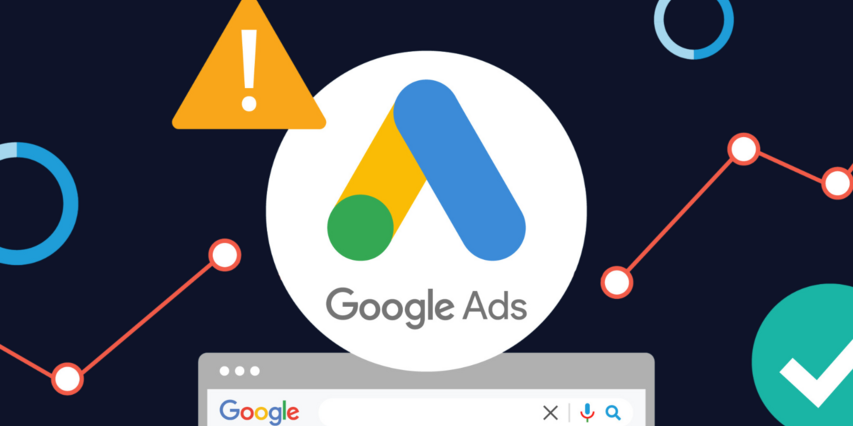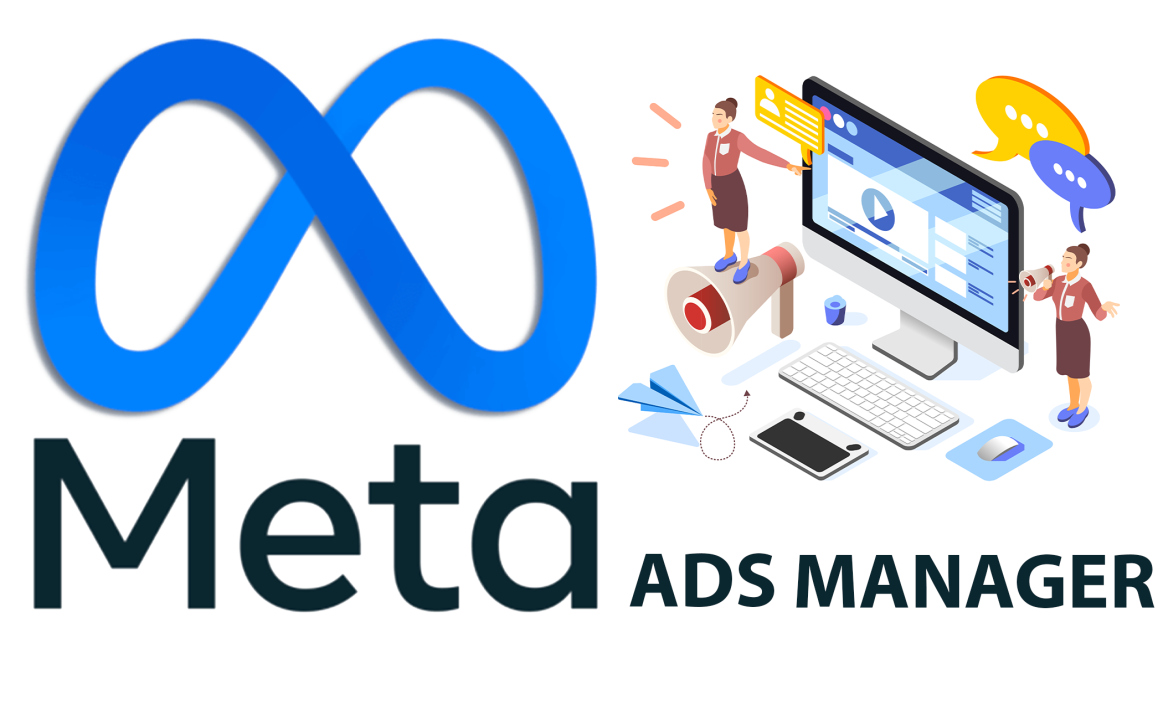Google Ads Campaign: Boosting Visibility with Paid Search
Google Ads is one of the most powerful advertising platforms available today. It enables businesses of all sizes to reach their target audience through paid search advertising on the Google network, which includes Google Search, YouTube, Google Display Network, and more. Whether you’re promoting a product, service, or event, a well-executed Google Ads campaign can lead to increased visibility, traffic, and conversions.
In this article, we’ll explore the key components of a successful Google Ads campaign, how to set it up, and tips to maximize your ROI.
What Is a Google Ads Campaign?
A Google Ads Campaign is a paid advertising strategy where businesses create ads that appear on Google’s search engine results pages (SERPs) or on its partner websites. Ads are typically triggered by relevant keywords entered by users. Advertisers bid on keywords, and Google uses a combination of factors like bid amounts, ad quality, and relevance to determine which ads are shown.
The beauty of Google Ads lies in its pay-per-click (PPC) model, meaning businesses only pay when a user clicks on their ad. This makes it a cost-effective way to generate targeted traffic and potential customers.
Benefits of Running a Google Ads Campaign
- Immediate Visibility: Ads can be live within minutes and appear at the top of search results.
- Precise Targeting: Google Ads allows you to target users by location, device, language, time of day, and even their online behavior.
- Scalable: You can adjust your budget and bids based on campaign performance.
- Performance Tracking: Detailed analytics help you track conversions, click-through rates (CTR), and other essential metrics.
- Flexibility: You can run search ads, display ads, video ads, shopping ads, and more—all under one platform.
Setting Up a Google Ads Campaign: Step-by-Step
1. Define Your Goal
Start by selecting a goal for your campaign: website traffic, leads, brand awareness, or sales.
2. Conduct Keyword Research
Use tools like Google Keyword Planner to find relevant keywords for your business. Focus on keywords with high intent that align with your audience’s search behavior.
3. Set a Budget
Decide how much you’re willing to spend daily or monthly. Google Ads uses an auction system, so setting a competitive bid can increase your chances of winning ad placements.
4. Create Your Ad
Write compelling ad copy that highlights the benefits of your product or service. Use strong calls-to-action (CTAs) and relevant keywords.
5. Choose Your Targeting Options
Select the audience you want to target based on their location, interests, and demographic data.
6. Launch and Monitor
After launching your campaign, keep an eye on the performance using Google Ads’ real-time analytics. Adjust bids, keywords, and targeting based on performance metrics.
Types of Google Ads Campaigns
- Search Campaigns: These are text ads that appear on Google Search when users enter relevant queries.
- Display Campaigns: Banner ads displayed across websites in the Google Display Network.
- Video Campaigns: Ads that appear before, during, or after videos on YouTube.
- Shopping Campaigns: Product-based ads that appear in Google Search results and Google Shopping.
- App Campaigns: Ads that promote app installs across Google’s platforms, including Google Play and YouTube.
Tips to Maximize Google Ads ROI
- Focus on Quality Score: Google rewards high-quality ads with better placement and lower costs. Optimize your ad copy, landing pages, and keywords to improve your Quality Score.
- Use Negative Keywords: Avoid wasting budget by excluding irrelevant search terms using negative keywords.
- A/B Test Your Ads: Experiment with different headlines, descriptions, and CTAs to see what resonates best with your audience.
- Optimize for Mobile: Ensure your landing pages are mobile-friendly, as a significant portion of Google searches come from mobile devices.
- Use Ad Extensions: Add extra information to your ads (e.g., phone numbers, site links) to increase visibility and engagement.
Common Google Ads Mistakes to Avoid
- Broad Keyword Targeting: Broad keywords can lead to irrelevant traffic. Be specific and use long-tail keywords to target high-intent users.
- Ignoring Negative Keywords: Without negative keywords, you risk spending money on irrelevant clicks.
- Not Tracking Conversions: Always set up conversion tracking to measure the effectiveness of your campaign.
- Underestimating Mobile Traffic: Many users search and click ads on mobile. Make sure your website is mobile-optimized.
Final Thoughts
A Google Ads campaign is a highly effective way to reach your target audience, drive traffic, and generate conversions. By selecting the right keywords, targeting the right audience, and continually optimizing your campaigns, you can achieve excellent results.
Google Ads may seem complex at first, but with strategic planning and consistent optimization, it can become one of the most valuable components of your digital marketing strategy.





